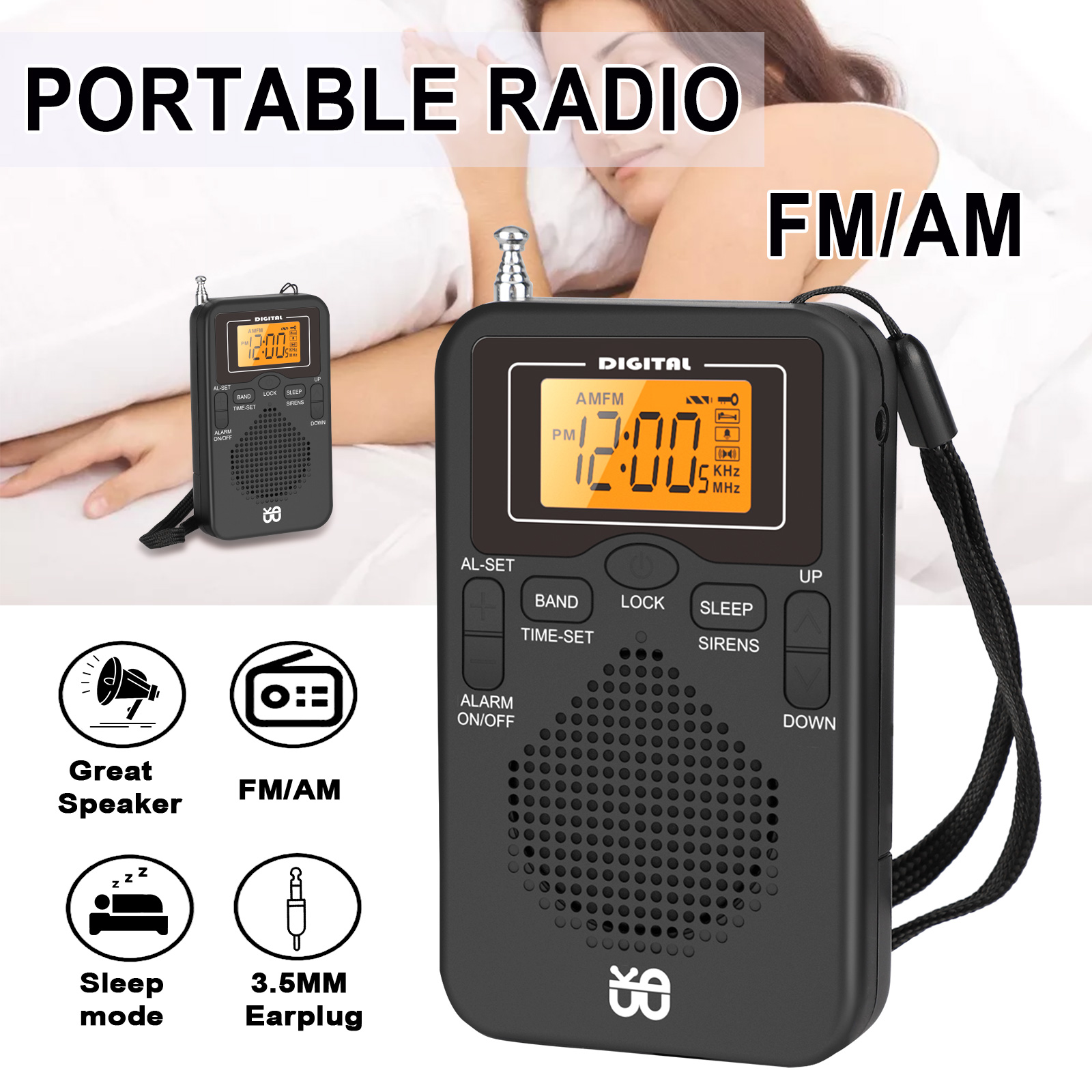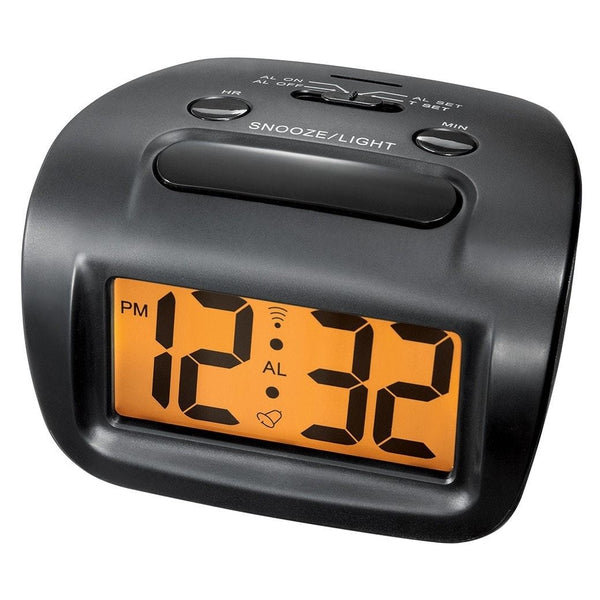
Higher accuracy is possible at higher cost. Lower error can be achieved by individual calibration if adjustment is possible, subject to the stability of the oscillator, particularly with change in temperature. Inexpensive quartz movements are often specified to keep time within 30 seconds per month (1 second per day, 6 minutes per year). Quartz clocks and watches as supplied by the manufacturer typically keep time with an error of a few seconds per week, although sometimes more. They are the most common type of clock today. They use modern low-voltage DC-powered circuitry, which may be supplied by a battery or derived from mains electricity. Quartz clocks are electric clocks which keep time by counting oscillations of a vibrating quartz crystal.All battery-powered clocks have been largely replaced by the lower cost quartz movement. Battery-powered clocks have been made using the schemes above with the obvious exception of a synchronous movement. These were only made in battery-powered form. Tuning Fork clocks keep time by counting the oscillations of a calibrated tuning fork with a specific frequency.This was the most common type of clock from the 1930s but has now been mostly replaced by quartz clocks. While the actual frequency may vary with loading on the grid, the total number of cycles per 24 hours is maintained rigorously constant, so that these clocks can keep time accurately for long periods, barring power cuts over months they are more accurate than a typical quartz clock.

They essentially count cycles of the power supply. Synchronous clocks rely on the 50 or 60 Hz utility frequency of the AC electric power grid as a timing source, by driving the clock gears with a synchronous motor.It is also found in a few modern decorative mantel and desk clocks. This was the mechanism used in the first electric clocks, and is found in antique electric pendulum clocks. Electromagnetic clocks keep time with a pendulum or balance wheel, but the pulses to keep it going are not provided by a mechanical movement and escapement linkage, but by magnetic force from an electromagnet ( solenoid).It was used in precision pendulum clocks, and in automotive clocks until the 1970s. This mechanism was more accurate than a mainspring, because the frequent winding averaged out variations in the clock's rate caused by the varying force of the spring as it unwound. Electric remontoire clocks have gear trains turned by a small spring or weighted lever, called a remontoire, which was wound up more frequently by an electric motor or electromagnet.This mechanism is found mostly in antique clocks.


Electromechanical self-winding clock movement from Switzerland.Įlectric clocks can operate by several different types of mechanism:


 0 kommentar(er)
0 kommentar(er)
